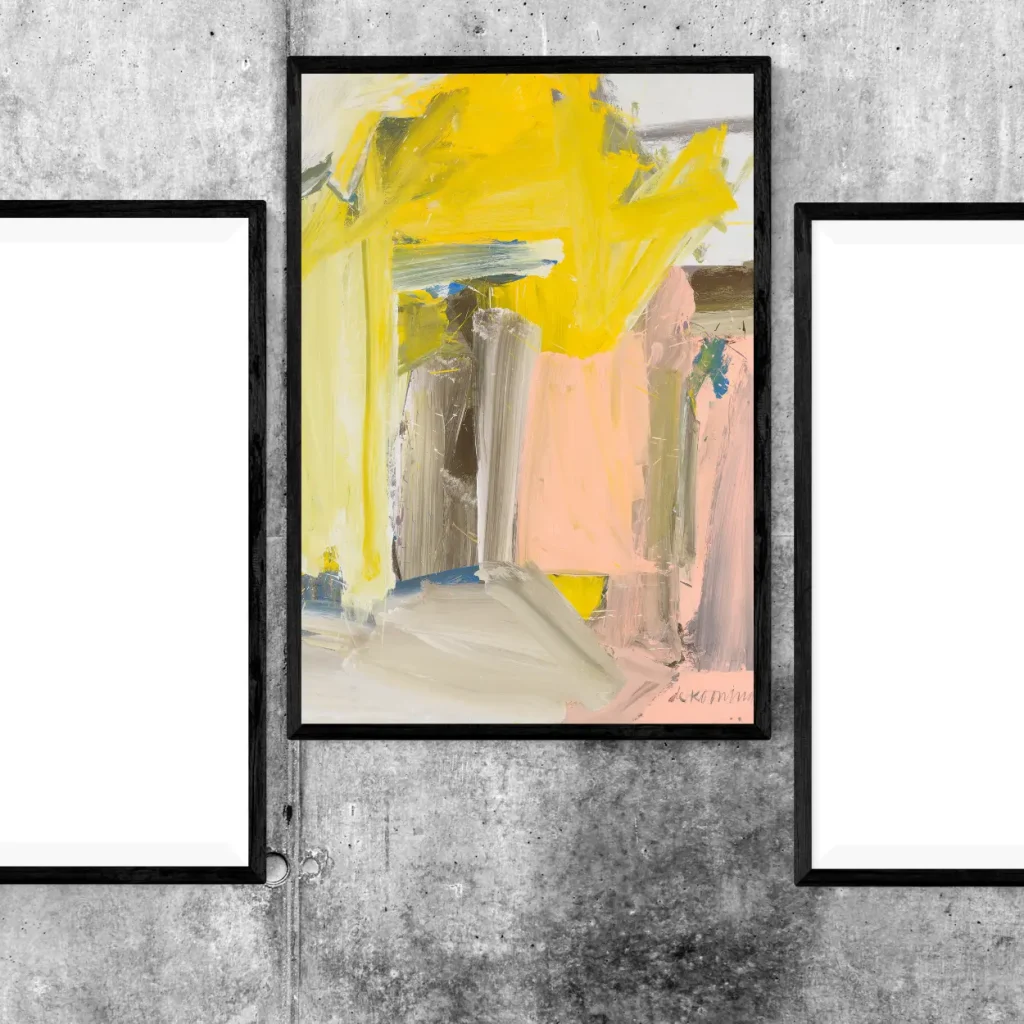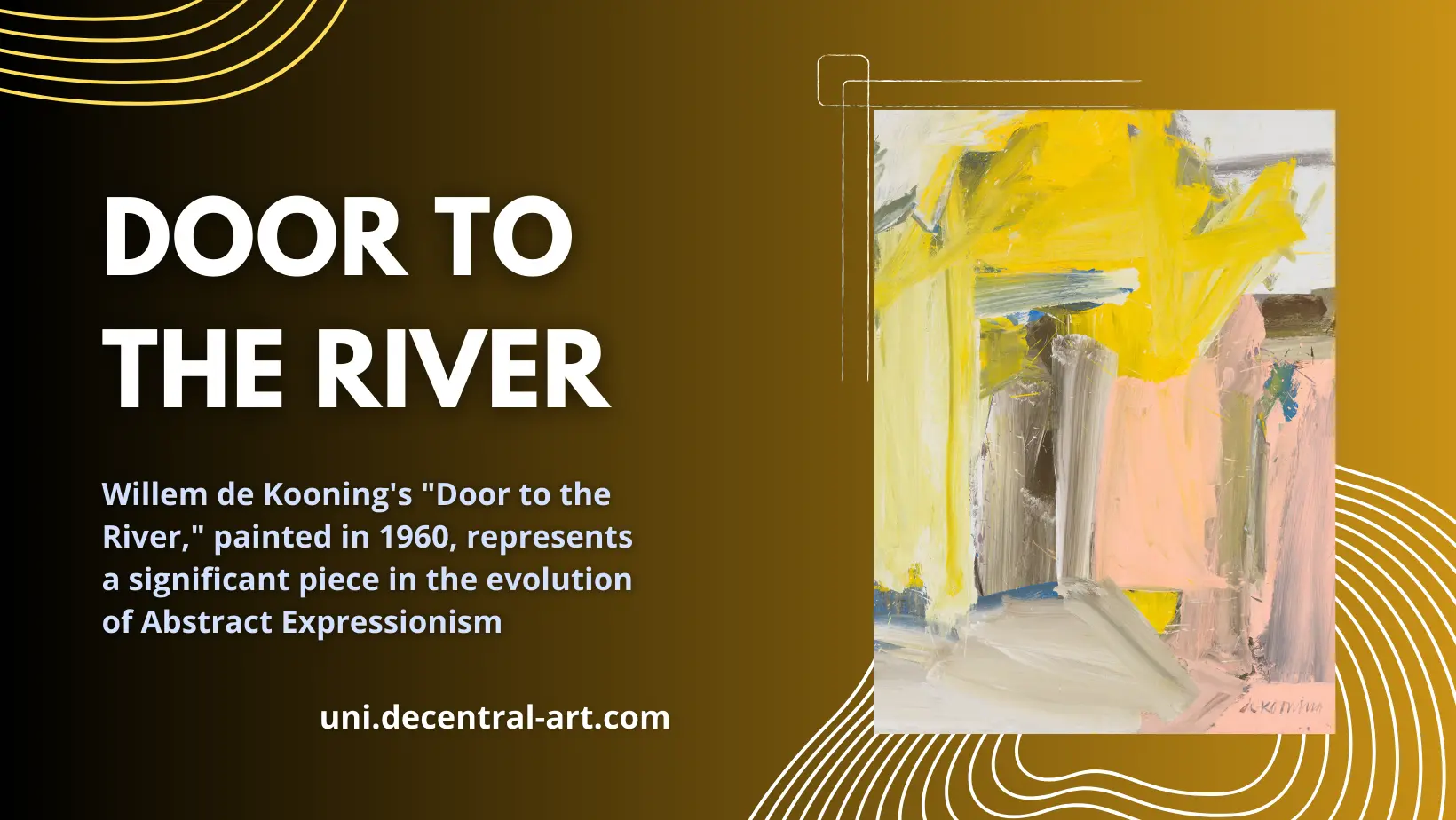A New Frontier in Art Collection
Introduction to “Door to the River”
Willem de Kooning’s “Door to the River,” painted in 1960, represents a significant piece in the evolution of Abstract Expressionism. Known for its vibrant color palette and emotional intensity, this artwork reflects de Kooning’s unique ability to convey dynamic human emotions through abstract forms.
The Intersection of Traditional Art and NFTs
In recent years, the art world has witnessed a revolutionary integration of digital technology through the adoption of Non-Fungible Tokens (NFTs). NFTs have transformed traditional perceptions of art ownership and exhibition, offering a digital platform for artists and collectors.
The Digital Tokenization of “Door to the River”
The decision to tokenize “Door to the River” into 100 unique digital pieces presents a novel way of experiencing de Kooning’s work. Each token represents a distinct part of the painting, allowing collectors to own and display individual pieces of this historic artwork independently.
Benefits of NFTs in Art Collection
Unique Ownership and Display Opportunities
By acquiring an NFT of “Door to the River,” collectors gain the ability to showcase their segment of de Kooning’s masterpiece in diverse digital environments. This not only personalizes the art collection experience but also enhances the artwork’s visibility and appreciation in varied settings.

Rewards and Incentives for Collectors
An intriguing aspect of collecting these NFTs is the reward system designed to incentivize collectors. Each piece of the artwork carries the potential for collectors to win prizes, making the acquisition of these NFTs not just an investment in art but also a participation in a rewarding collectible ecosystem.
Challenges and Considerations
While the integration of NFTs with iconic artworks like “Door to the River” introduces many advantages, it also presents challenges such as digital rights management, artwork replication concerns, and the environmental impact of blockchain technology. Addressing these challenges is crucial for the sustainable advancement of digital art collections.
The Future of Art and Technology
The fusion of art like “Door to the River” with NFT technology signifies a shifting paradigm in how art is consumed and appreciated. As digital platforms become more prevalent, the art world is poised to become more inclusive, allowing global audiences to engage with artworks that were previously accessible only to a select few.
Conclusion
“Door to the River” through the lens of NFTs exemplifies how technology can expand the boundaries of art collection and engagement. As we move forward, the art community must navigate the complexities of this new digital landscape, ensuring that it enhances, rather than detracts from, the intrinsic value of artworks like those of Willem de Kooning.
This new era of art collection not only democratizes access but also preserves the legacy of artists in a digital age, promising a vibrant future where technology and tradition coexist harmoniously.


